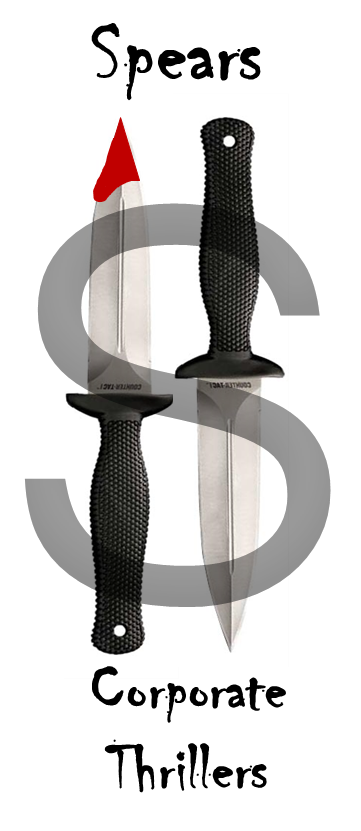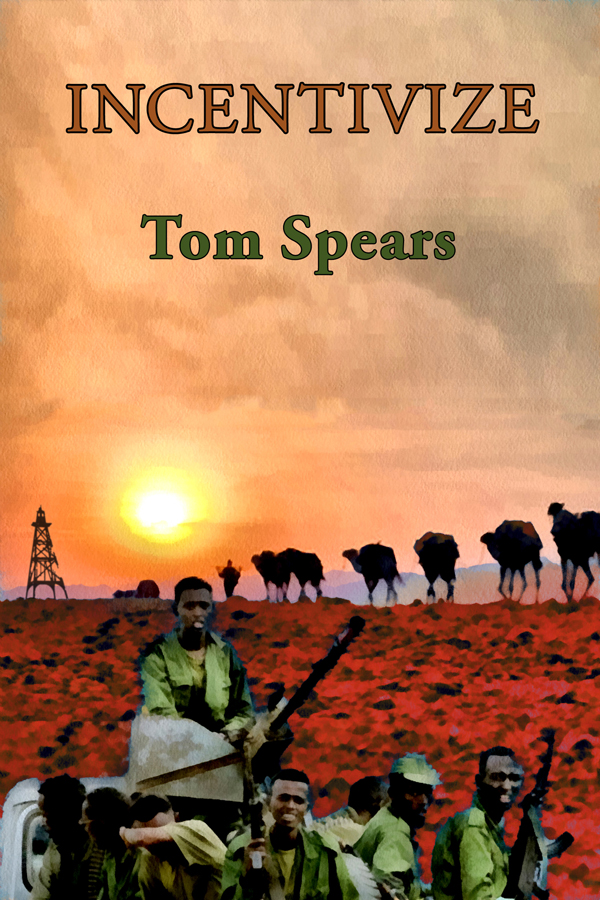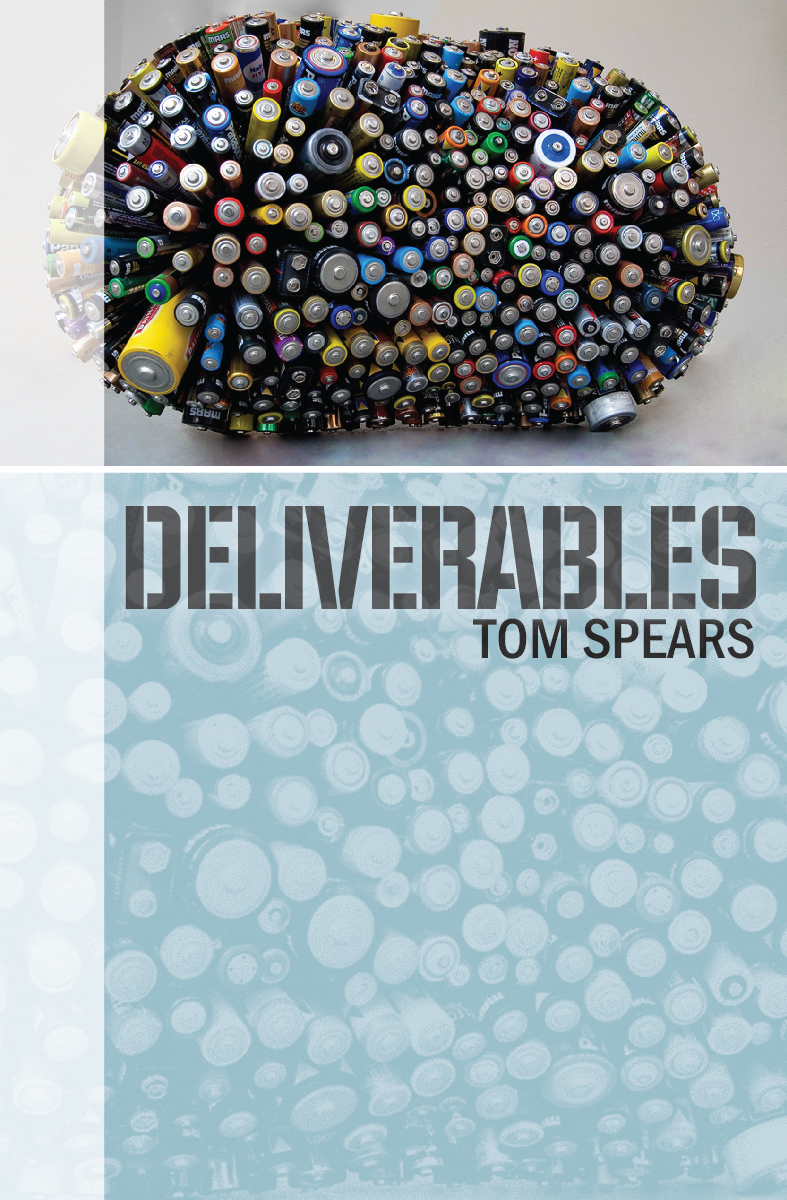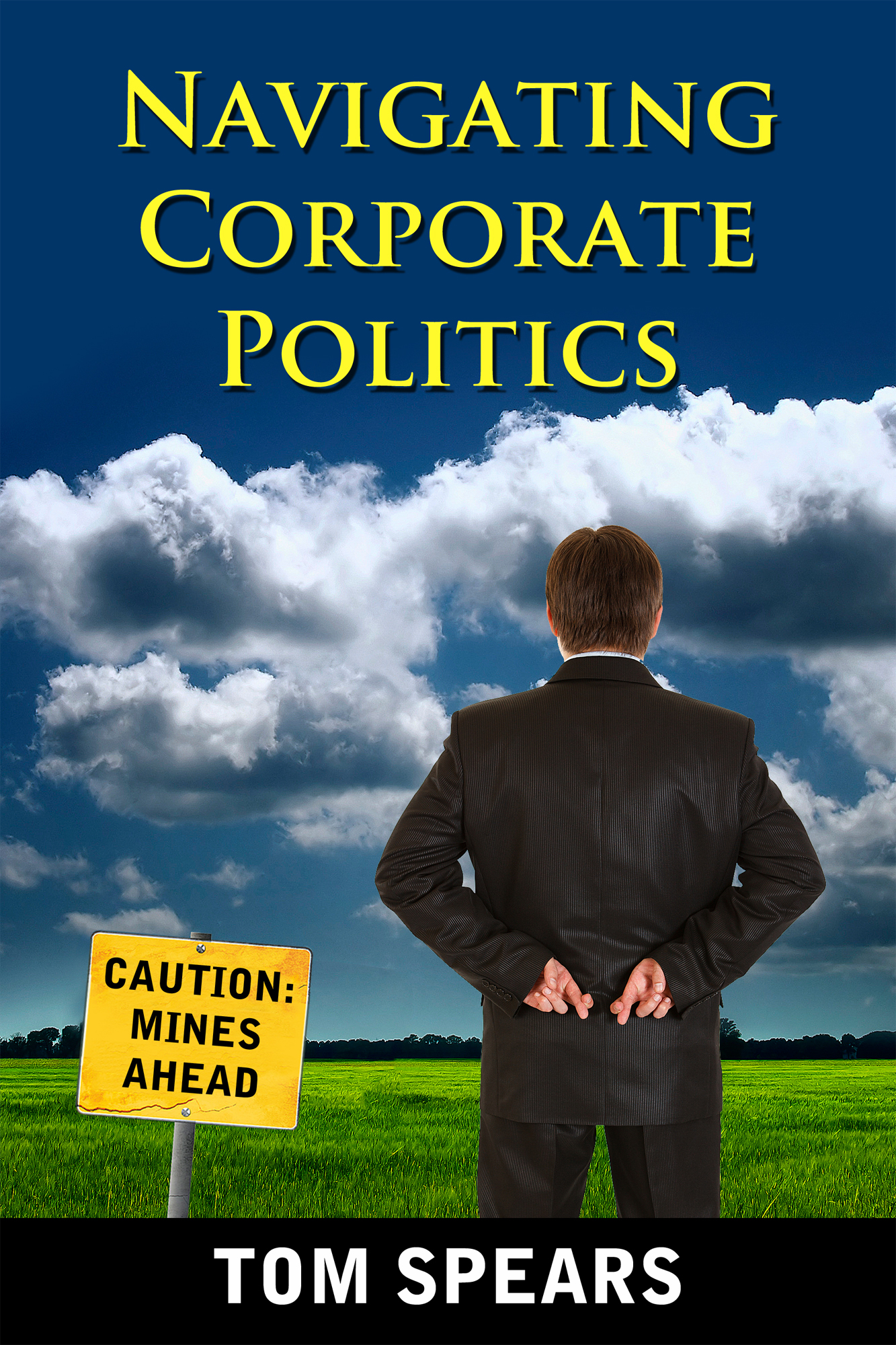Originally published 9/8/10
Old habits die hard. At least in corporations they do.
If you've ever worked in a large corporation, you've probably experienced the inertia that exists there. Yes, the chief executive (and to a lesser degree, other high level executives) does influence the company -- he/she sets strategy, maybe refines the mission and values, and over enough time, may even change the direction of that inertia.
Sometimes that inertia is called Culture. I personally hate the Culture name, because it is overused and fuzzy in meaning.
Suppose the last Chief Executive (who was in place for 25 years, for argument sake), was a detached high flying strategist who allowed freewheeling politics to rule the organization. Now suppose the Chief Executive retires and is replaced by a hands-on CEO who hates politics. How long does it take to change the underlying environment?
The answer is -- a long time. And it will be a very painful period. Why? Because old habits die hard! The existing organization is filled with people who grew up in and flourished in a highly politicized environment. In their world, certain tactics and political maneuvering became a part of their management style and part of their survival tools. That is hard for people to let go of, particularly since it continues to work, despite what the new CEO is demanding.
Unfortunately, for the current team, the quickest way to change the highly politicized environment would be to change out the people. Since it isn't practical to fire everybody, what actually happens is a few people are sacrificed in the transition, and change plods along very slowly.
So is company history important to understanding the politics of the organization? Absolutely!














